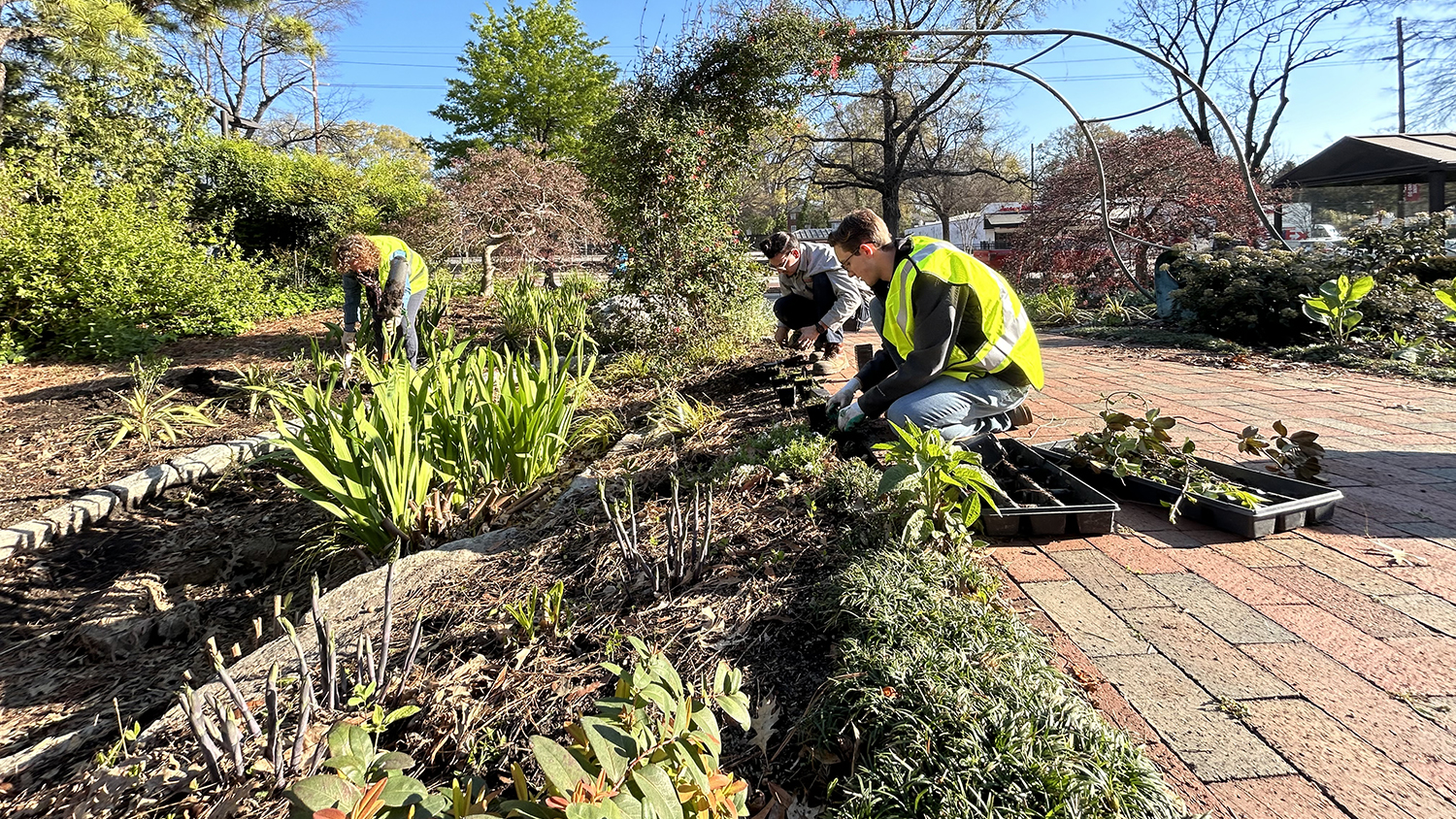Steward of the Future: David Tarpy
“If it weren’t for honeybees and other pollinators, we wouldn’t have about a third of everything that we eat,” explains Dr. David Tarpy, a North Carolina State University and Cooperative Extension apiculturist. In this video, he explains his research on the genomics of honeybee queen development and their reproductive potential.
What Dr. Tarpy has to say:
“I’m a professor of entomology and the Extension apiculturist, or the honeybee specialist for Cooperative Extension. Honeybees are really indispensable members of the commercial production agriculture industry, and that’s because they provide an invaluable service of pollination that then enables seed and then fruit set.
“So if it weren’t for honeybees and other pollinators, we wouldn’t have about a third of everything that we eat. And that third accounts for all the fun stuff – all the fruits and vegetables and nuts, and so the things that really define the western healthy diet – really honeybees are responsible for that. And so they are really important for sustainable agriculture going into the future.
“One of the more basic projects that we have going on right now is to look at the genomics of queen development and their reproductive potential. Because there’s only one queen per colony anything we can do to improve the genetics of that queen will go a long way to improving the health and productivity of the colony.
“So one of the limitations of doing research on queens is there is only one queen per colony, so you often need lots of colonies in order to conduct this type of research. So a way to fast track that type of project is to raise queens in vitro. So we are actually raising test-tube queens in the incubator where we can do many, many queens and actually look at a lot of the underlying genetics that are responsible for what makes a good queen good.
“Well, honeybees are just cool. There’s no other way around it. Not only are they important to the sustainability and the future of agriculture, but they are a model social insect. They are a model system to investigate how groups of individuals function together as a cohesive whole, and so that extra layer of biological complexity of the colony is really fascinating to me. And it offers a whole a lot of insights into how nature works.”


